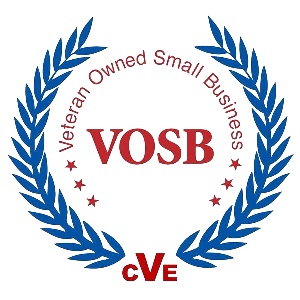Continuous Improvement – Or Leadership Arrogance?
After recently speaking with a colleague about the complications they experienced while implementing a major value stream transformation, it dawned on me that even after years of a business pursuing continuous improvement (CI) excellence, there are still times when leadership gets in the way of allowing their staff to succeed. One sometimes has to wonder if leadership is more concerned with improving the business or trying to impress its audience?
I believe W. Edward Deming summed it up best when he said “if you can’t describe what you are doing as a process, you don’t know what you are doing”. Most, if not all, CI professionals that I have worked with ultimately arrive at clearly understanding their process, and then faithfully work on wringing out variation and waste, hence optimization. These same professionals go about their business methodically focusing on DMAIC and getting a better glimpse of the process throughout each phase.
Although each project is unique, and has an end date, the same CI principles apply on how to properly identify the inefficiencies. Many times continuous improvement teams are in the process of transforming a process and ask their leadership, or chief executive, to review the project’s progress. The leader ultimately agrees with their offer, reviews the project and then inquires as to whether the team focused on a certain tool or methodology, which really wouldn’t fit in this instance. The leader then asks the team about several other particular approaches or tools that they favor, and then the leader challenges the team to focus on driving those tools into the project, even if it is not truly beneficial.
Let’s dissect the example above. What happened from the perspective of the CI expert is that the leader came in and disregarded the CI expert’s professional judgment so that they he or she would appear to be clever in front of their underlings. Not only did this sort of input severely damage morale, it also had the potential to knock the project off track. Then, prior to leaving, the leader asked the team for an implementation plan on how they were going to drive his pet methodologies into the project. Additionally, the executive also wanted to meet regularly with the team to ensure that tool “robustness” was driven into the project.
Nonetheless, what was going on in the background was the CI professional already knew that the executive ran his previous business without ever implementing a CI culture, or even requiring that improvements be made using CI principles. It’s ironic how leadership reputations precede their arrival.
Hearing stories like this continues to bother me even though I have seen, first hand, situations similar to this which happened all too often in my career. This puts the CI professionals in a really tough spot. Who in the group is going to challenge the executive without willingly accepting the fact that they could seriously damage their career, or lose their job? One would think that as adults, and leaders, we could stand back and watch the professionals, which have been empowered at the beginning of the project, go at their work with passion and commitment. Further, we should create a work environment that allows for intelligent risk taking, and the potential to survive, even if the risk doesn’t work.
In hindsight, looking at this complex situation, it reminds me that just being a consummate professional and knowing the tools is not always enough? Perhaps a sprinkle of good followership might help along the way too!

